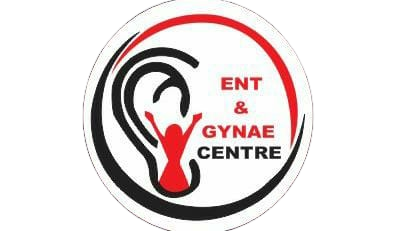Allergic reactions in the nose are commonly referred to as allergic rhinitis or hay fever. This condition occurs when the immune system overreacts to allergens that come into contact with the nasal mucous membranes. Here’s a detailed look at allergic rhinitis, including symptoms, causes, and treatment options:
Symptoms of Allergic Rhinitis:
- Sneezing: Frequent and often occurs in bursts.
- Runny Nose: Clear, watery discharge from the nose.
- Nasal Congestion: Blocked or stuffy nose.
- Itchy Nose: A constant itching or irritation inside the nose.
- Postnasal Drip: Mucus dripping down the back of the throat, which can lead to coughing.
- Itchy or Watery Eyes: Often accompanies nasal symptoms.
- Sinus Pressure: Feeling of pressure or pain around the sinuses.
- Fatigue: Feeling tired or lethargic due to ongoing symptoms.
Causes and Triggers:
- Pollen: From trees, grasses, and weeds, which are common triggers during specific seasons (spring, summer, or fall).
- Dust Mites: Tiny organisms found in household dust that can trigger allergic reactions.
- Mold: Mold spores from damp areas or outdoor environments.
- Pet Dander: Skin flakes, saliva, or urine from pets like cats and dogs.
- Cockroach Droppings: These can also be an allergen, particularly in urban areas.
- Air Pollution: Smoke, fumes, and other pollutants can exacerbate symptoms.
Diagnosis:
- Medical History: Review of symptoms, potential triggers, and family history of allergies.
- Physical Examination: Checking for nasal congestion, swelling, and other signs of inflammation.
- Allergy Testing:
- Skin Prick Test: Small amounts of allergens are introduced to the skin to see if a reaction occurs.
- Blood Test: Measures the level of specific antibodies (IgE) to certain allergens.
Treatment Options:
Medications:
- Antihistamines: Help block histamines, which are chemicals involved in allergic reactions. Available in oral forms (like loratadine, cetirizine) and nasal sprays (like azelastine).
- Nasal Corticosteroids: Reduce inflammation and are effective for long-term control (e.g., fluticasone, mometasone).
- Decongestants: Help relieve nasal congestion. Available in oral forms (like pseudoephedrine) and nasal sprays (like oxymetazoline) but should be used cautiously and not for extended periods.
- Leukotriene Modifiers: Block leukotrienes, substances that contribute to inflammation and allergy symptoms (e.g., montelukast).
Allergy Immunotherapy:
- Allergy Shots: Involves receiving regular injections of gradually increasing doses of allergens to build tolerance over time.
- Sublingual Immunotherapy (SLIT): Involves taking allergen tablets or drops under the tongue to build tolerance.
Lifestyle and Environmental Controls:
- Avoidance: Minimizing exposure to known allergens. For example, keeping windows closed during high pollen times, using air purifiers, and avoiding pets if dander is a trigger.
- Cleaning: Regular cleaning to reduce dust and mold, including washing bedding, using dust mite covers, and vacuuming with a HEPA filter.
- Nasal Irrigation: Using saline sprays or rinses to clear allergens and mucus from the nasal passages.
When to See a Doctor:
- If symptoms are persistent, severe, or interfere with daily activities.
- If over-the-counter medications are not effective.
- For a proper diagnosis and to discuss potential treatments, especially if considering immunotherapy.
